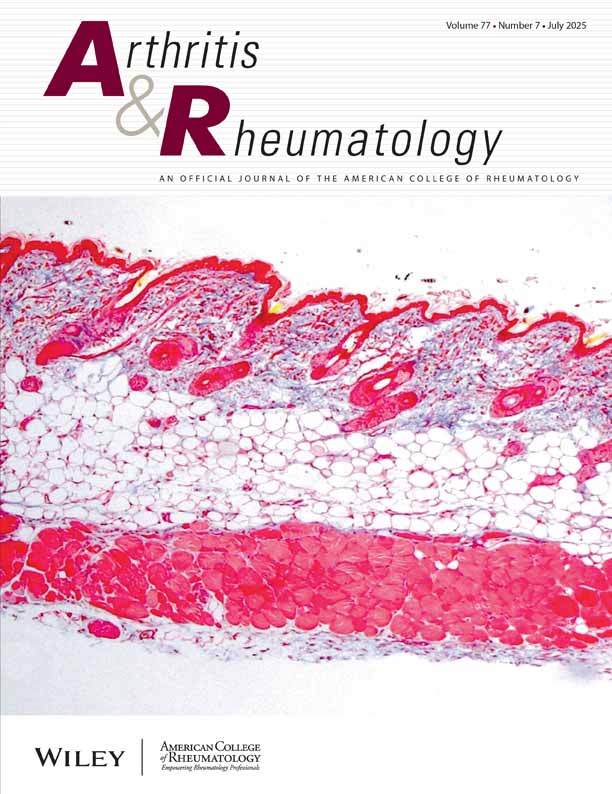Quantification of maternal microchimerism by HLA-specific real-time polymerase chain reaction: Studies of healthy women and women with scleroderma
Abstract
Objective
Microchimerism (Mc), originating from bidirectional fetal–maternal cell traffic during pregnancy, has recently been identified in healthy adults and in patients with scleroderma (systemic sclerosis [SSc]). This study was undertaken to investigate the frequency and quantitative levels of maternal Mc (MMc) in healthy women and women with SSc.
Methods
HLA-specific primers and fluorogenic probes were used in real-time quantitative polymerase chain reaction assays to detect and quantify MMc by targeting noninherited, nonshared HLA sequences. DNA-based HLA typing was conducted in 67 proband-mother pairs and in all children if the proband was parous. Statistical analysis was limited to 50 proband-mother pairs (including 32 healthy women and 18 women with SSc) in whom MMc could be distinguished from potential fetal Mc.
Results
MMc in peripheral blood mononuclear cells was more frequent among women with SSc (72%) than healthy women (22%) (odds ratio 9.3, P = 0.001). However, levels of MMc, expressed as the genome equivalent of maternal cells per million (gEq/mil), were not significantly different (0–68.6 gEq/mil in SSc patients, 0–54.5 in healthy women). In additional studies, positivity for MMc was demonstrated in a bone marrow aspirate from an SSc patient in whom peripheral blood had been found to be negative for MMc on 4 occasions, and tissue from a subsequent autopsy of this patient had MMc levels of 757 and 1,489 gEq/mil in the lung and heart, respectively.
Conclusion
MMc is not uncommon in the peripheral blood of healthy adults, is increased in frequency in patients with SSc, and may be present in bone marrow and disease-affected tissues although absent in the peripheral blood.




